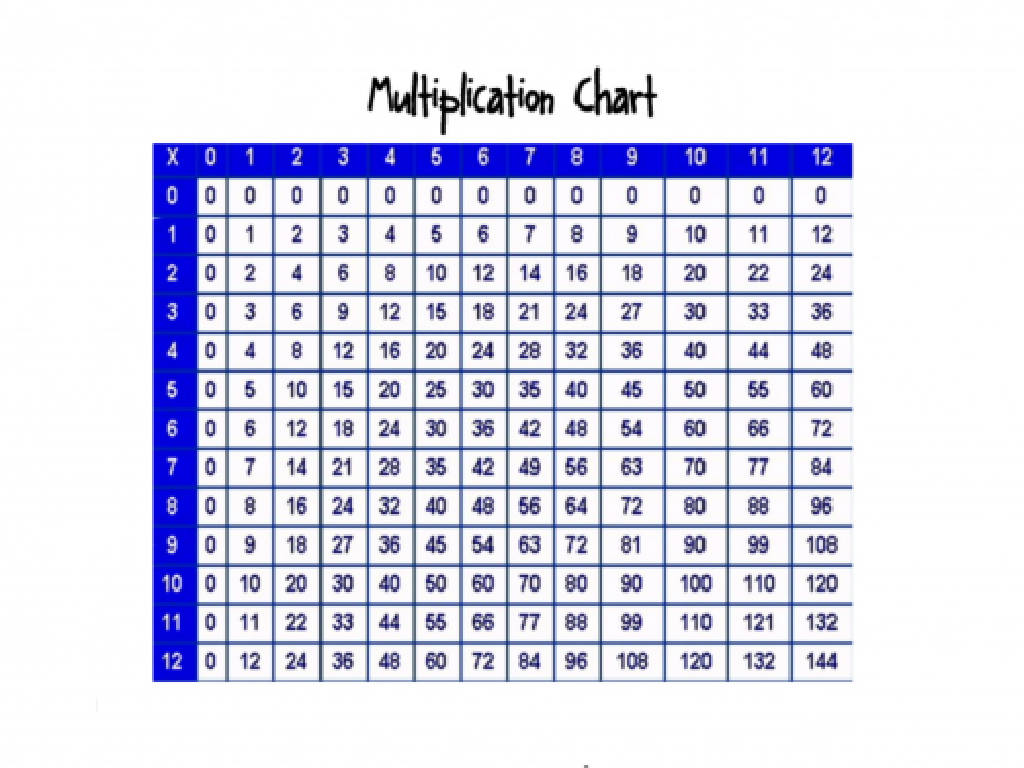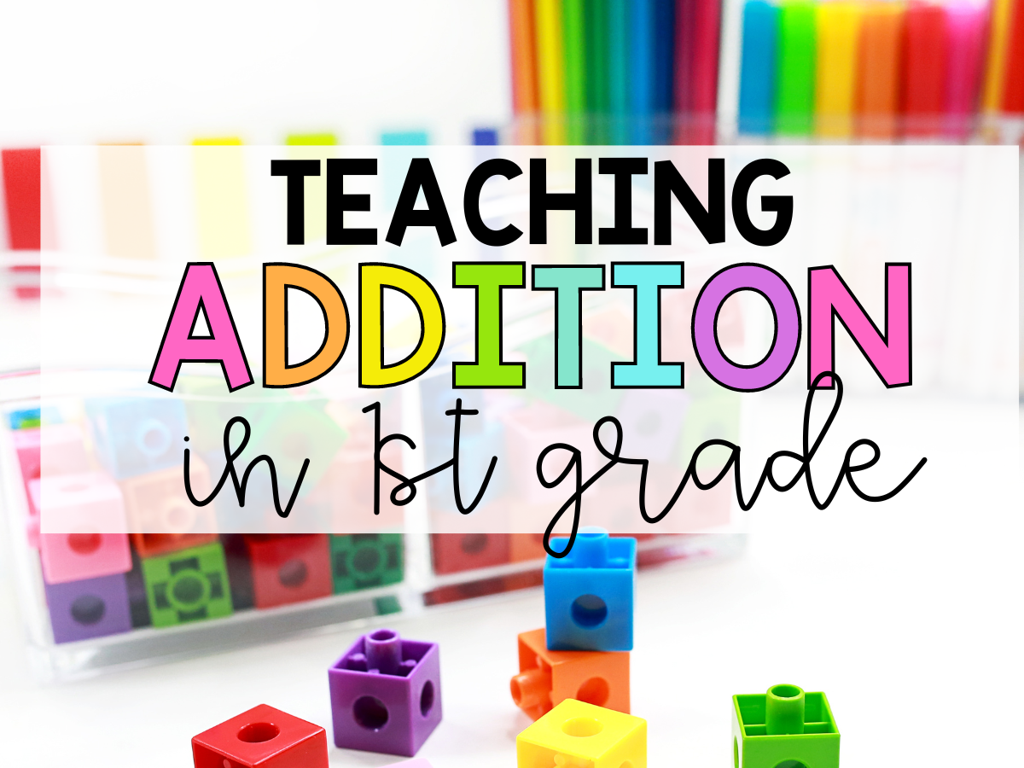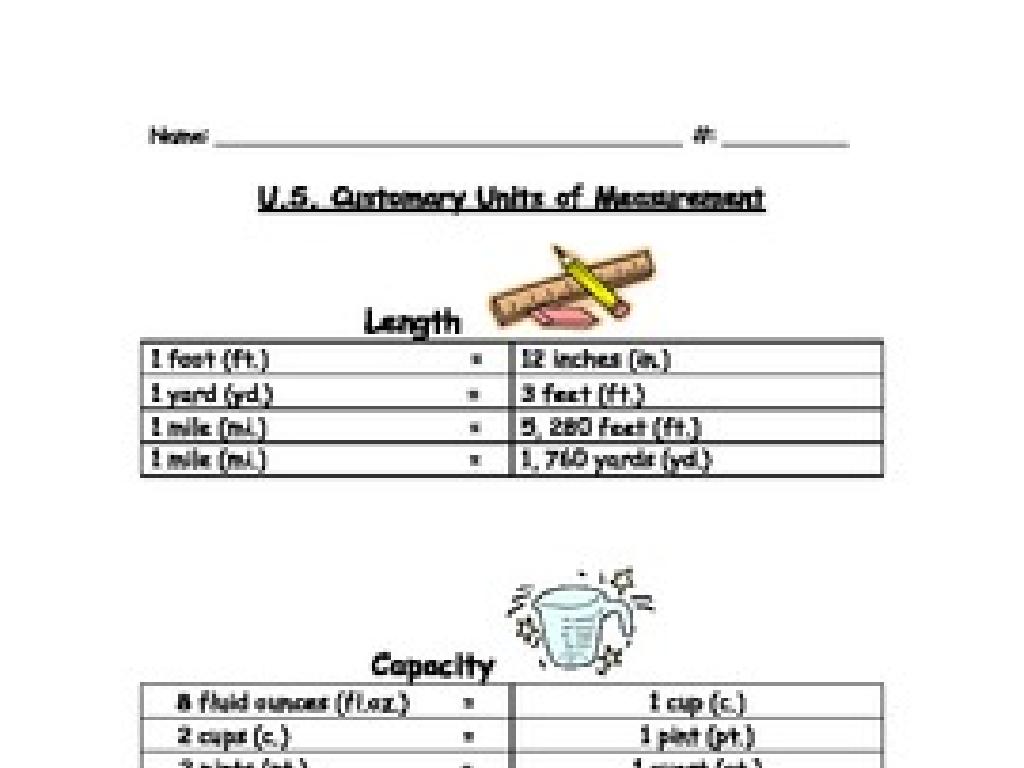Commas With Direct Addresses, Introductory Words, Interjections, And Interrupters
Subject: Language arts
Grade: Sixth grade
Topic: Punctuation
Please LOG IN to download the presentation. Access is available to registered users only.
View More Content
Mastering Commas in Special Cases
– Discover the role of punctuation
– Today’s focus: Special comma uses
– We’ll explore commas for direct addresses, introductory words, interjections, and interrupters.
– Commas clarify communication
– Commas prevent confusion, letting readers know when to pause.
– Examples: Direct address & more
– E.g., ‘Let’s eat, Grandma!’ vs. ‘Let’s eat Grandma!’
|
This slide introduces the importance of punctuation, with a specific focus on the use of commas in special cases such as direct addresses, introductory words, interjections, and interrupters. Emphasize how proper punctuation can change the meaning of a sentence and is crucial for clear communication. Provide examples to illustrate how commas can alter the context and clarity of a sentence. Encourage students to think of punctuation as a tool that helps their writing to be understood exactly as intended. In the next slides, we will delve into each specific use case with examples and class activities to reinforce learning.
Using Commas in Direct Addresses
– Understanding direct addresses
– A direct address is when you speak directly to someone.
– Commas indicate who’s spoken to
– Place a comma before the name or title of the person you’re addressing.
– Example: ‘Are you coming to the party, Sarah?’
– The comma before ‘Sarah’ shows she’s the one being asked.
|
This slide introduces the concept of direct addresses in writing, which is when the writer speaks directly to someone, usually by name. It’s important to use commas correctly to clarify who is being spoken to. The example provided helps illustrate how a comma is used before the person’s name in a sentence. Encourage students to practice by writing sentences that include direct addresses to their classmates or family members, ensuring they place commas appropriately. This exercise will help them understand the importance of punctuation in indicating who is being addressed and avoiding confusion in their writing.
Punctuation: Commas and Introductory Words
– Identifying introductory words
– Introductory words start sentences and lead to the main idea.
– Comma use after introductory words
– A comma follows to separate the introductory word from the main sentence.
– Example: ‘Yes, I will be there on time.’
– ‘Yes’ is the introductory word, and the comma after it shows a pause.
|
This slide introduces the concept of using commas after introductory words in sentences. Start by explaining what introductory words are: words or phrases that begin a sentence and lead into the main idea. Emphasize the importance of using a comma after these words to signal a pause and to clarify the sentence structure. Use the example ‘Yes, I will be there on time.’ to show how the comma after ‘Yes’ separates it from the rest of the sentence, making the sentence clear and easy to understand. Encourage students to practice by writing their own sentences with different introductory words, followed by commas.
Punctuation: Using Commas with Interjections
– Understanding interjections
– Interjections are words that express emotion or surprise.
– Express emotions with commas
– Commas help separate the emotion from the rest of the sentence.
– Example: ‘Wow, that’s huge!’
– ‘Wow’ shows surprise. The comma after ‘Wow’ sets the tone before the rest.
– Practice using interjections
|
Interjections are words used to express strong emotion or sudden bursts of feeling that are often found at the beginning of a sentence. They can stand alone or be incorporated into a larger sentence. When used within a sentence, a comma follows the interjection to separate it from the rest of the sentence. This helps to convey the intended emotion to the reader. For example, ‘Wow, that’s a huge pumpkin!’ uses ‘Wow’ to express surprise. The comma gives the reader a pause and emphasizes the emotion. In class, have students come up with their own sentences using interjections and practice punctuating them correctly. This will help them understand how punctuation can affect the tone and clarity of their writing.
Punctuation: Comma Use with Interrupters
– Understanding sentence interrupters
– Interrupters are phrases that break the flow of a sentence to insert additional information.
– Commas to set off interrupters
– We use commas before and after interrupters to show they are not part of the main sentence.
– Example: ‘The game, despite the bad weather, was a lot of fun.’
– ‘The game’ is the main idea; ‘despite the bad weather’ is extra information.
|
This slide introduces the concept of interrupters in sentences and how to punctuate them correctly with commas. Interrupters can be phrases or clauses that provide additional information but are not essential to the main sentence. They can be removed without changing the sentence’s fundamental meaning. Teach students to recognize these non-essential elements and to use commas to clearly indicate the separation. The example provided illustrates how the game being fun is the main point, and the weather conditions are additional details. Encourage students to create their own sentences with interrupters and practice punctuating them correctly.
Let’s Practice Punctuation!
– Identify direct addresses in sentences
– A direct address is when you speak directly to someone, like ‘Mike, come here.’
– Find introductory words and interjections
– Introductory words start a sentence, interjections show emotion, e.g., ‘Well, it s late.’ ‘Wow!’
– Spot interrupters in a text
– Interrupters break the flow of a sentence, e.g., ‘The cake, believe it or not, is gone.’
– Add commas correctly and share
|
This slide is for a class activity where students will apply their knowledge of using commas in sentences. They will identify direct addresses, introductory words, interjections, and interrupters in given sentences and add commas where necessary. Encourage students to explain why they placed commas in certain places. After completing the exercise, students will be asked to share their answers with the class, fostering a collaborative learning environment. For the teacher: Prepare sentences lacking commas for the exercise, and have additional examples ready for discussion. Possible activities include peer review of comma placement, creating sentences with missing punctuation, and correcting comma usage in a paragraph.
Class Activity: Comma Hunt
– Pair up and find comma examples
– Circle commas in texts
– Identify the comma’s purpose
– Is it a direct address, introductory word, interjection, or interrupter?
– Share discoveries with the class
|
This activity is designed to help students recognize and understand the use of commas in different contexts. By working in pairs, students will engage with various texts, looking for commas used for direct addresses, introductory words, interjections, and interrupters. Once they find a comma, they should circle it and discuss with their partner why it was used. This collaborative effort encourages peer learning and critical thinking. After the hunt, each pair will have the opportunity to present their most interesting finds to the class, fostering public speaking skills and reinforcing their understanding of comma usage. Possible variations of the activity could include finding examples in different genres of writing or creating a classroom display of the collected sentences and their explanations.
Wrapping Up: The Power of Commas
– Commas clarify communication
– Homework: Craft a short story
– Use direct addresses, introductory words, interjections, and interrupters
– Include all comma uses discussed
– Ensure each comma use is demonstrated
– Share your story next class
|
As we conclude today’s lesson, remind students of the key role commas play in making our writing clear and easy to understand. For homework, they should write a short story that incorporates commas for direct addresses, introductory words, interjections, and interrupters. This will help reinforce their understanding of the concepts. Encourage creativity and remind them that the goal is to practice punctuation in a fun way. In the next class, we’ll have a sharing session where students can present their stories and discuss the comma usage in each example. This will not only assess their understanding but also allow them to learn from each other’s work.






